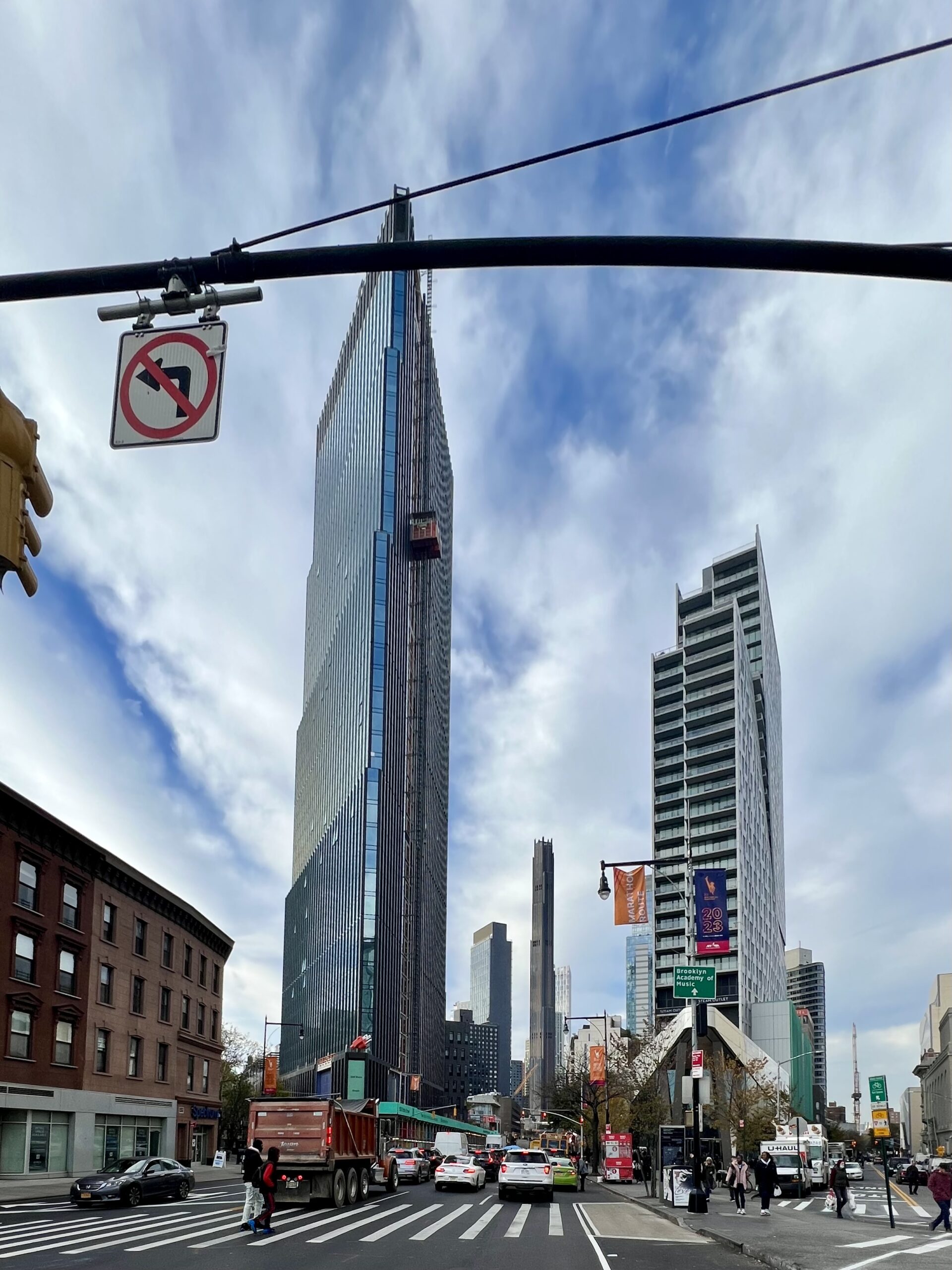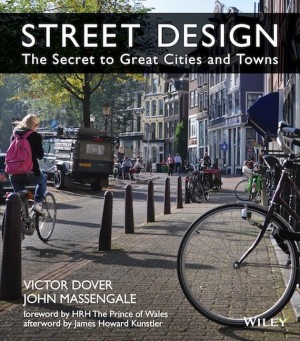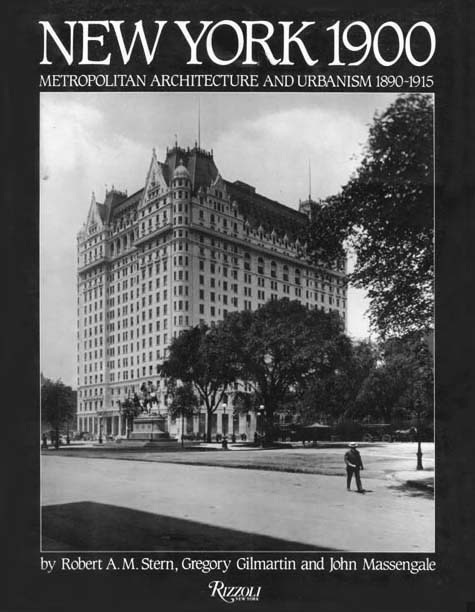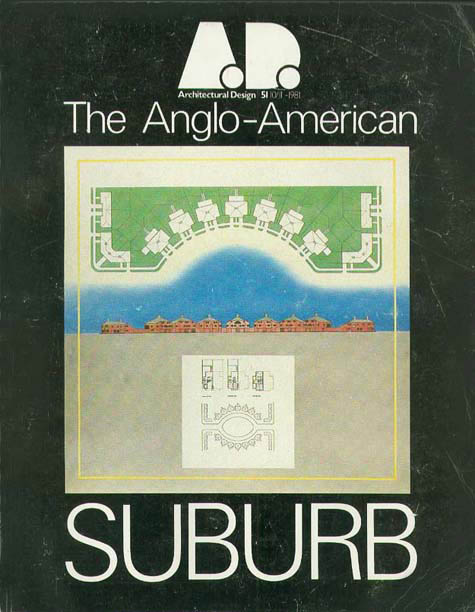NOTE: The following was written for the Tenth Anniversary Edition of Street Design, The Secret To Great Cities and Towns, where it will appear in a shorter version. This version still needs a little editing for its new context. Part 2 is another essay “A Short Discussion of Residential Building Heights in New York City.”
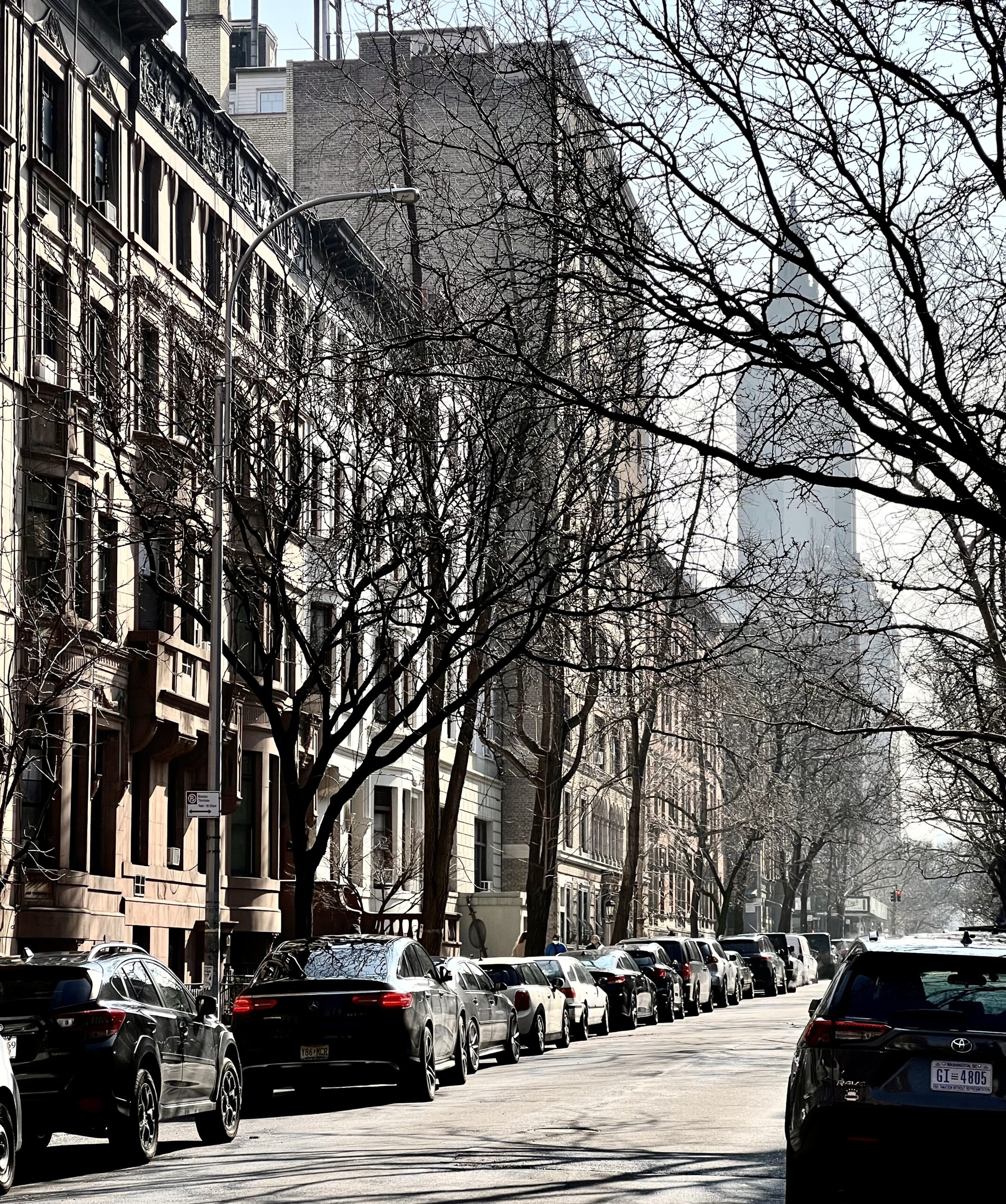
Since we wrote the first edition of Street Design, frequent discussions about building heights and population density have become common across America. Affordable housing for all is an important issue in many places, and there is a large and well-funded YIMBY movement that argues all zoning and height limits are restrictive regulations that make it more difficult and expensive to build. If cities, towns, and suburbs would just let developers build what they want, where they want—the YIMBY argument says—we would have all the affordable housing we need. The authors of Street Design think the truth is more complicated and nuanced. Here is a brief discussion of some of the reasons why we think that, and how the topic is closely related to street design.
In the original discussion of East 70th Street, we wrote that for thousands of years, good traditional streets frequently had a width-to-height ratio of 1 to 1 or 1 to 1½ (page TKTK). We did not say that for many years New York City limited residential building heights to 1½ times the width of the street (see “A Short Discussion of Residential Building Heights in New York,” page TKTK). The physical character of the great residential neighborhoods like the Upper East Side and Harlem come from that time and those limits. Today, the tallest “supertall” apartment tower on the new Billionaires’ Row in midtown Manhattan is 15.5 times as high as Fifty-Seventh Street is wide (and 25.8 times as tall as the with of 58th Street, on the north side of the building). The residential tower is also 300 feet taller than the Empire State Building, which was the tallest building in the world from the time it was built in 1931 until the first World Trade Center tower passed it in 1971. But New Yorkers never wanted to live in the Empire State Building or the World Trade Center. We talk about some of the reasons for that in the discussion of residential building heights in New York (page TKTK).
In The Death and Life of Great American Cities, Jane Jacobs discusses “the kind of problem” that building and maintaining a healthy city is, calling it “a problem in handling organized complexity.”[EN29] Among the many interrelated issues, a successful business district with tall office towers has a different character than a neighborhood where people want to live. The YIMBY discussion, on the other hand, uses simplified talking points that emphasize one simple numeric quantity at a time: either building height, population density, the number of new building permits, or the residential unit count. Focusing on individual numbers one at a time erodes the quality of cities and city life. Paraphrasing what Jacobs said about looking at street traffic in terms of pedestrians versus cars (page TKTK, reducing building design to simply height or unit count is “to go about the problem from the wrong end.”[TKTK change EN30] Urbanists must be generalists, balancing social, economic, environmental, transportation, and health issues with urban form and placemaking. If not, specialists like traffic engineers and luxury housing developers can erode cities and their quality of life.
Density can be reduced to a number, but that number does not tell us what a place is like. East 70th Street is a part of the Upper East Side of Manhattan, which has over 100,000 people per square mile. That makes it one of the three or four densest residential neighborhoods in the Western world, more than twice as dense as the average neighborhood in Paris. Builders achieved that density 100 years ago with an average building height under 100 feet tall, and without an apartment building taller than 150 feet (see “A Short Discussion of Residential Building Heights in Manhattan,” pages TKTK). And as we have seen, there are other qualities that make some blocks better than others with almost identical dimensions.
Questions about urban form are essential for street designers. The height of the buildings on East 70th Street affects what the space between the buildings feels like, how the buildings enclose the street, and how they meet the street. The qualities that make East 70th Street feel good are missing in the photo of New Brooklyn (Figure 1.27), ironically on a street in the part of the borough widely known as Brownstone Brooklyn. The neighborhoods surrounding this section of Flatbush Avenue have the greatest collection of rowhouse streets in America: they create neighborhoods that are in great demand. [Figure 1.28]. Jane Jacobs was right when she observed that a greater variety of residential building types could have made the neighborhoods even better (page TKTK), but these new apartment towers don’t do that. Figure 1.27 shows what New Urbanists call “density without urbanism.”
TKTK NOTES
TKTK Add to EN30?
DELETED:
Location, Location, Location
Real estate developers and investors agree that the three most important factors in determining the value of a property or building are “location, location, and location.” Logically, the real estate market in Manhattan, Kansas is very different than the market on Manhattan Island. Yet YIMBYs argue that the reason so many cannot afford a good place to live is the same everywhere, regardless of location: we don’t have enough housing (which is true), and if we would just get out of the way of the market, it would provide housing for all. Let’s look at some of the reasons why we disagree with the second part of the argument.
First, why should we expect the market to provide affordable housing for all? Developers are not required to be philanthropists or altruists. They are business people, in business to make money. They respond to the local market. They typically look for the highest profits, which in most of America today means luxury housing, whether that means mansions, McMansions in the suburbs developed by production builders, or super-luxury “supertalls” like Billionaires’ Row in Manhattan.[EN31] Building low-income housing produces lower profits, or no profit, so few developers build that. And despite the “filter” or “trickle down” argument, no matter how many large, expensive condominiums New York City developers build as an investment vehicle for the global 1%, the supply will not trickle down to lower the rent on apartments for the poor.[EN32] For a variety of reasons, including the growing problem of income inequality, relying on the market to meet the needs of all has damaged our cities and towns with simplistic solutions that ignore the kind of problem a city is.
Location, location, location means that different markets have different conditions, different problems, and different solutions. Where is housing cheap? Where is land cheap? Where can buyers “drive till they qualify”? Not in New York or Los Angeles, and don’t forget the high cost of owning and operating cars.[EN33] Where is the economy strong, providing good jobs? Where do buyers want to live? (The COVID pandemic changed some of that.) What about income inequality? Where can a developer build houses or apartments that the average local buyer can afford, and will there be enough profit at that location? Are the global 1% or the global 5% driving up prices? Are hedge funds buying up all the starter homes? That’s a real thing.[EN34] Simply removing zoning will not solve the problem, although that probably is part of the solution in many places in America, which is primarily zoned for single-family houses in unwalkable sprawl. There is no question that we need more housing. The question is how to get housing that 80% of Americans can afford.
Some of those questions do not directly involve street design. But in the future, most affordable housing will be built in walkable cities and towns. Owning and operating a car is expensive (not to mention bad for the planet). The Center for Neighborhood Technology’s Housing and Affordability Index underlines just how expensive that is with data that shows combined housing and transportation costs. “Expensive” cities where one can live without owning a car frequently have lower overall combined costs for housing and transportation than regions that require lots of driving, particularly for households in which multiple family members must each own a car.[EN35] Without exception, every place that has low ownership rates for cars either has streets where people want to walk or has high rates of poverty, with people living there because it’s the best they can afford. The second condition is not “affordable,” it’s simply all the residents can afford, usually in a place where living without a car is a hardship.
Please note: we are not saying that good streets must be expensive. Good streets are for everyone. They shape the public realm where public life takes place and city residents meet each other every day. The luxury towers in Figure 1.27 do not make good public spaces or create the great city where most New Yorkers want to live.[TKTKEN39]
